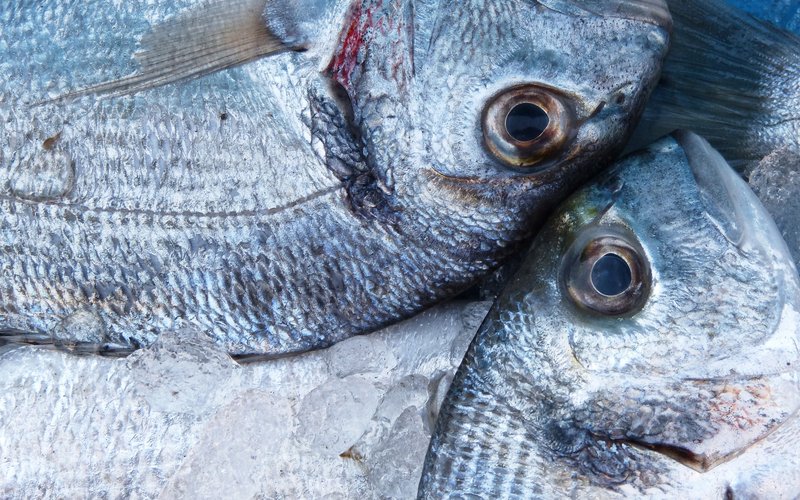Hydrolyzed feather meal (HFM) is a high-quality protein source that can replace fishmeal at low levels in trout, salmon, seabream, tilapia, catfish and carp. Non-ruminant processed animal protein was reauthorized to be included in aquafeeds in Europe in 2013, and HFM is an interesting protein source option due to its low price. However, one of its disadvantages is the low digestibility due to indigestible keratin.
Greek researchers from the University of Thessaly conducted two feeding trials to examine the replacement of fishmeal (FM) by hydrolyzed feather meal (HFM) in the diet of juvenile gilthead sea bream (Sparus aurata). In trial I (100 days), three isonitrogenous and isoenergetic diets were formulated where FM protein was replaced by HFM at 50% (HFM50) and 100% (HFM100), while in trial II (110 days) four diets were formulated using the same FM control diet but FM was replaced at lower levels: 25% (HFM25), and 25% (HFM25+) and 50% (HFM50+) supplemented with lysine and methionine.
HFM can successfully replace FM protein at 25%, either supplemented or not by lysine and methionine, without compromising the feed intake, growth performance, feed utilization and proximate composition of juvenile gilthead seabream. Higher FM replacement levels down-regulated the liver gene expression of the GH/IGF axis and thus reduced the growth performance and nutrient metabolism, although the digestive protease activities and several haematological parameters were unaffected.
Researchers suggest that hydrolyzed feather meal can be used strategically in blends with other land animal proteins to maximize the dietary economic efficiency.
Check out the study here.













